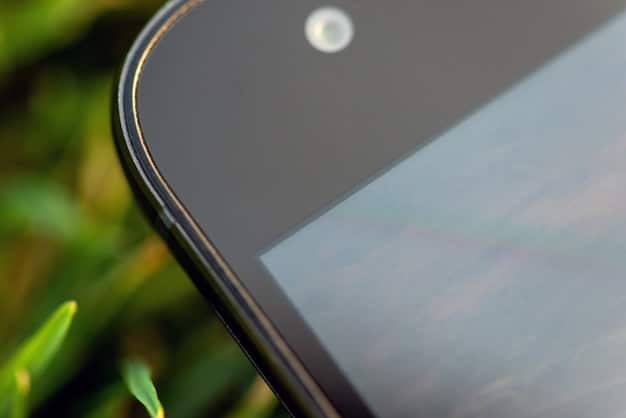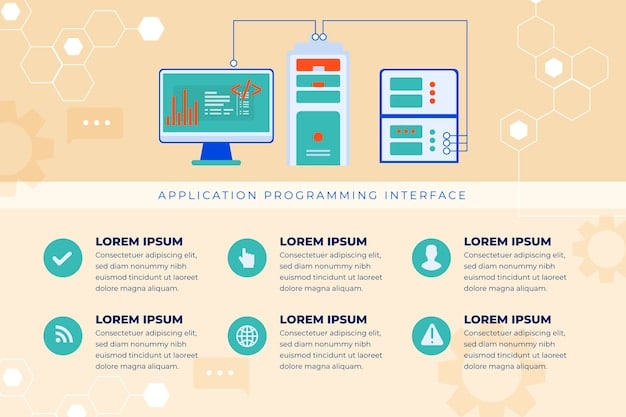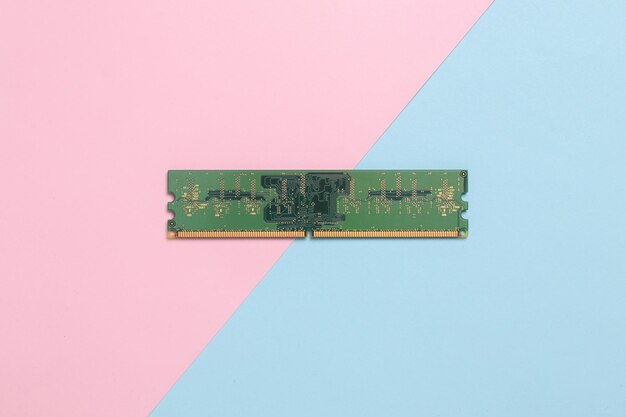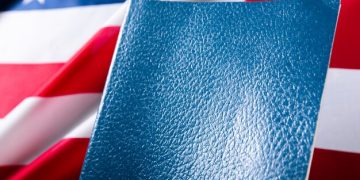Importing Electronics into the US: FCC Compliance Guide

Importing electronics into the US requires adherence to FCC regulations, covering equipment authorization, labeling, and compliance, thus ensuring devices don’t cause harmful interference.
Importing electronics into the US: Navigating FCC Regulations and Compliance Requirements can be a complex process. This guide simplifies what’s needed to ensure your electronics meet US standards and avoid costly delays or penalties.
Understanding FCC Regulations for Electronics Imports
The Federal Communications Commission (FCC) regulates electronic devices sold or imported into the United States. These regulations aim to minimize radio frequency interference and ensure public safety.
Complying with these rules is crucial for anyone involved in importing electronics, from small-scale importers to large corporations. Let’s delve into the specifics.

What is FCC Equipment Authorization?
FCC equipment authorization is the process by which the FCC ensures that electronic devices operating within the US spectrum meet specific technical standards. This process helps prevent harmful interference to authorized radio services.
- Certification: Required for devices that could cause significant interference (e.g., transmitters). Involves independent testing and review by a Telecommunication Certification Body (TCB).
- Declaration of Conformity (DoC): Applies to less critical devices. The responsible party (importer or manufacturer) tests the device to ensure it meets the FCC’s technical standards.
- Verification: Simplest path, suitable for devices unlikely to cause interference. Requires the manufacturer to demonstrate compliance through testing.
Ultimately, achieving FCC equipment authorization is not just a matter of compliance; it’s about ensuring that your electronic products can function seamlessly within the US market, without causing disruption or interference to other devices or services.
Key FCC Requirements for Imported Electronics
Several key requirements dictate how electronic devices must be tested, labeled, and documented to comply with FCC regulations when imported into the US. Understanding these requirements is vital for a smooth import process.
Let’s break down the essential aspects of these requirements.

Labeling Requirements
Proper labeling helps consumers and regulators identify compliant devices and understand their operating characteristics. Here are the core elements of FCC labeling:
- FCC ID: Required for certified devices. Includes the grantee code and equipment product code.
- Compliance Statement: A statement indicating the device complies with Part 15 of the FCC Rules.
- Product Information: Name, model number, and responsible party information.
By fulfilling these labeling criteria, importers demonstrate their commitment to regulatory adherence and facilitate the seamless entry of their electronic products into the US market.
Navigating the FCC Compliance Process
The FCC compliance process can seem challenging, but with a step-by-step approach and appropriate resources, importers can effectively navigate it.
Here’s a practical breakdown of how to manage FCC compliance from start to finish.
Step-by-Step Compliance Guide
Successfully navigating the FCC compliance process for importing electronics into the US involves several key steps. Understanding and meticulously following each step is essential for a smooth and lawful import process.
- Determine Applicability: Identify which FCC rules apply to your specific electronic device.
- Testing: Conduct necessary testing at an accredited testing laboratory to ensure your device meets FCC standards.
- Documentation: Prepare and organize all required documentation, including test reports, technical specifications, and compliance statements.
Common Challenges in FCC Compliance and How to Overcome Them
Navigating FCC compliance for electronics imports often presents diverse challenges. These challenges can lead to delays, increased costs, and even rejection of shipments.
Here are some common compliance issues and proactive solutions.
Addressing Common Compliance Issues
Successfully addressing common compliance issues requires a proactive and informed approach. By understanding these issues, importers can implement strategies to mitigate risks, avoid costly delays, and ensure smooth market entry for their electronic products.
- Incorrect Documentation: Ensure all documents are accurate and complete, including test reports and compliance statements.
- Labeling Errors: Double-check all labeling details, including FCC ID, compliance statements, and product information.
- Testing Failures: Work closely with accredited testing labs to address any issues identified during testing.
Understanding the Costs Associated with FCC Compliance
Complying with FCC regulations entails various costs, including testing, certification, and administrative expenses. Being aware of these costs helps importers budget effectively.
Let’s examine the typical expenses involved in FCC compliance.
Breaking Down Compliance Costs
Understanding and managing these expenditures is vital for accurate budgeting and financial planning in the electronics import process. Let’s examine how importers can better understand their comprehensive costs related to FCC compliance.
- Testing Fees: Varies depending on the device type and complexity.
- Certification Costs: Includes fees paid to TCBs for reviewing and approving device certifications.
- Consultation Fees: Engaging compliance experts can help navigate complex regulations.
Best Practices for Ensuring FCC Compliance
To ensure FCC compliance, importers should integrate best practices into their processes, from initial product design to final import stages. Proactive measures reduce risks and enhance the likelihood of compliance.
Let’s explore essential best practices for FCC compliance.
Essential Best Practices
Implementing these practices can create a robust compliance framework, reducing risks and ensuring adherence to FCC regulations. By adopting a proactive approach, importers can efficiently manage their compliance obligations, maintain their competitive edge, and ensure their products are both safe and legally compliant within the US market.
- Product Design: Design products with compliance in mind, ensuring easy testing and modifications.
- Supplier Communication: Conduct due diligence on suppliers to ensure they understand and adhere to FCC requirements.
- Ongoing Monitoring: Stay updated on regulation changes and adjust practices accordingly.
| Key Aspect | Brief Description |
|---|---|
| 📝 FCC Regulations | Rules to prevent interference from electronic devices. |
| 🏷️ Labeling | Includes FCC ID, compliance statement, and product data. |
| 🧪 Testing | Ensures devices meet FCC standards via accredited labs. |
| 💰 Costs | Involves testing, certification, and consultation fees. |
Frequently Asked Questions
▼
The primary goal is to prevent radio frequency interference from electronic devices, ensuring they operate safely and don’t disrupt other services.
▼
Most electronic devices that can emit radio frequencies, such as smartphones, laptops, and Wi-Fi routers, require FCC approval before being imported or sold in the US.
▼
FCC regulations can change periodically due to technological advancements and evolving needs; staying informed is key for importers.
▼
Non-compliance can lead to product seizure, fines, legal action, and difficulty entering the US market in the future, so adherence is crucial.
▼
A consultant provides expert guidance, ensures correct documentation and procedures are followed, and helps navigate complex parts of the compliance process.
Conclusion
Successfully importing electronics into the US: Navigating FCC Regulations and Compliance Requirements requires a systematic approach, diligent adherence to regulations, and a commitment to best practices. By understanding and addressing the key aspects of FCC compliance, importers can ensure their products meet US standards, avoid costly penalties, and gain a competitive edge in the market.





